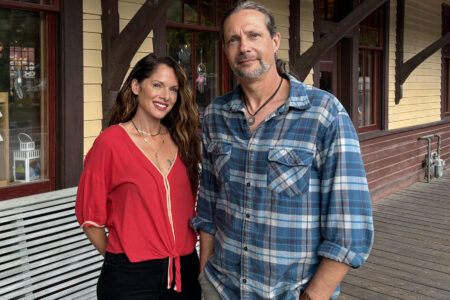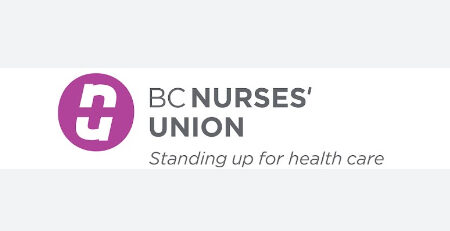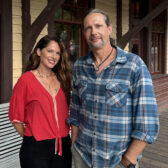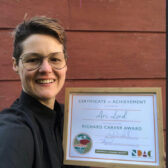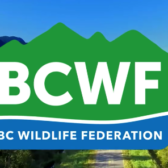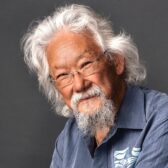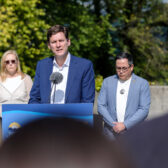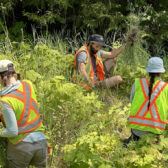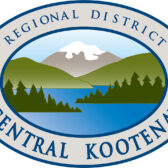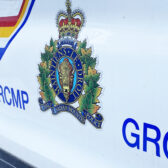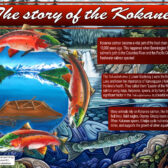New, lower harvest level set for Kootenay Lake timber supply area
Fewer trees will be coming out of Kootenay forests this year.
The province’s deputy chief forester announced a 13.4 per cent reduction in the allowable annual cut (AAC) for the Kootenay Lake Timber Supply Area (TSA).
The new AAC for the Kootenay Lake TSA is 550,000 cubic metres, a lower figure to represent adjustments that were made to consider available harvest on unstable steep slopes, and to “account for a higher level of stand-level reserves to address biodiversity, stream edge and wetland management, domestic watersheds, cultural heritage resources and climate change.”
Big change for old forests
In May the Province stated it had made significant progress on the 14 recommendations from the old-growth strategic review (A New Future for Old Forests), with the understanding that it will take years to achieve the full intent of some of the recommendations.
Recently, the Kootenay-Boundary Region received unanimous support from First Nations to defer harvest of at-risk old-growth forest in the area.
As a result, licensees operating in the Kootenay Lake TSA have agreed to not harvest these areas until a final decision is made regarding old forest management.
To support these deferrals while a long-term management approach is finalized, and to ensure sustainable forestry practices, this decision includes two points:
- a maximum of 25,300 cubic metres (4.6 per cent) of the AAC can be harvested from old forest stands; and
- a maximum of 524,700 cubic metres (95.4 per cent) of the AAC can be harvested from forest stands that are not old.
An old forest is defined as stands older than 250 years in “less frequently disturbed ecosystems” and stands older than 140 years in more frequently disturbed ecosystems.
Source: Province of B.C.
Lay of the land
The Kootenay Lake TSA comprises approximately 1.24 million hectares in southeastern British Columbia.
The supply area overlaps the territory of member First Nations/Bands of the Ktunaxa Nation, Secwepemc Nation, Okanagan Nation (Sylix) and the Sinixt (Lakes Tribe of the Colville Confederated Tribes).
Say on the land
The deputy chief forester’s AAC determination is an independent, professional judgment based on information ranging from technical forestry reports, First Nations consultations, input from the public, and government’s social and economic objectives.
Under the Forest Act, the chief forester must determine the AAC in each of the province’s 37 TSAs and 34 tree farm licences at least once every 10 years.



